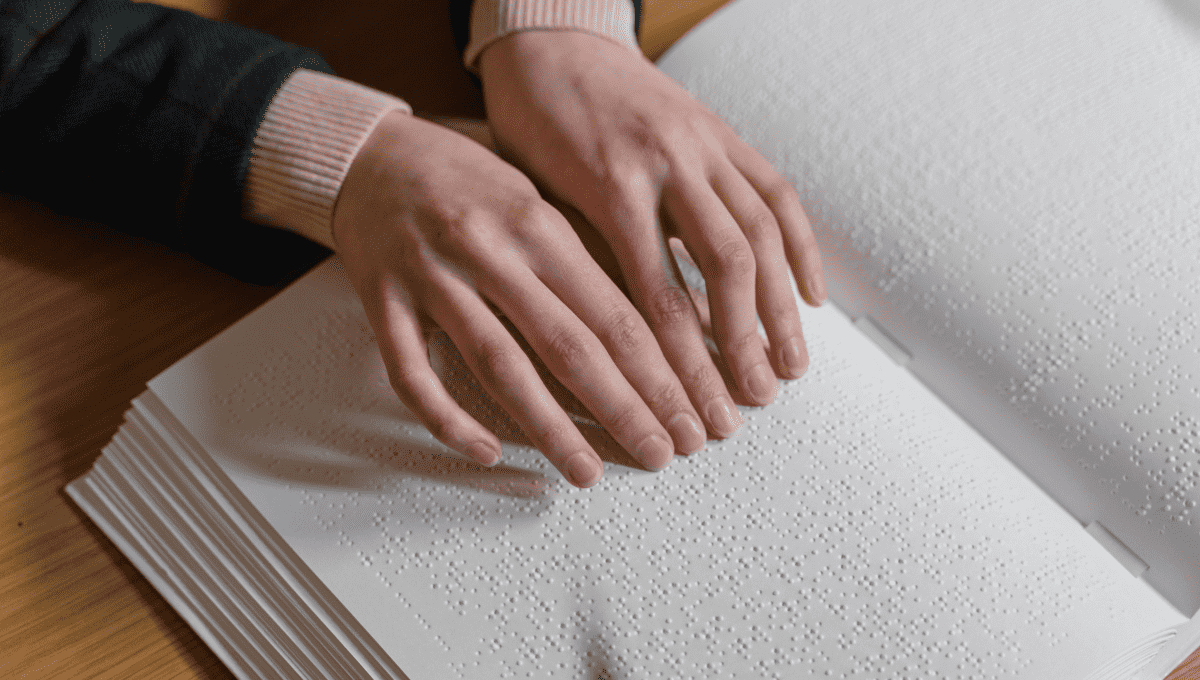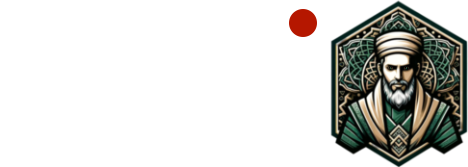
Welcome to a journey into the fascinating world of Qalqalah, a distinctive feature of Arabic phonetics that adds depth and resonance to the language. In this exploration, we’ll take a brief glimpse into the essence letters of Qalqalah in Tajweed and its pivotal role in enriching the nuances of Arabic linguistics.
The Origin and Meaning of Qalqalah in Tajweed Rules
The Linguistic Roots: Understanding the Term’s Etymology
The word “Qalqalah” in Tajweed rules has its roots in the Arabic language, and it signifies a unique linguistic phenomenon. This term encompasses the echoing or bouncing effect produced by certain letters in Arabic pronunciation. It’s like a mini-vibration that adds depth and rhythm to the language.
How Letters of Qalqalah Embodies Movement and Vibration
Qalqalah isn’t just a linguistic concept; it’s a sensation of movement and vibration within the sounds of Arabic. When specific letters, like ق, ط, ب, ج, and د, are pronounced with a slight pause or cessation (sukoon), they create an echoing effect.
The Integral Letters of Qalqalah
To dive into Qalqalah, we focus on five letters: ق, ط, ب, ج, د. These letters, when appearing with a sukoon, create the distinctive Qalqalah effect.

Classifying the Qalqalah Types
Qalqalah Kubra
Kubrah (major)If the Qalqalah letter appears at the end of a word and the reader stops on it (for whatever reason), the Qalqalah sound is at its clearest /strongest
Examples (الفلقْ –– كسبْ – بهيجْ – أحدْ – محيطْ –بالحقّْ– وتبّْ – الحجّْ – أشدّْ)
Qalqalah Sughra
The Qalqalah letter may emerge mid-word or at its conclusion, yet the reader’s flow of recitation remains uninterrupted. In that case the Qalqalah will be minor.
Examples (يَقْضِي – يُطْعِم – يُبْصِر – وتَجْعَلون – ولا تشططْ واهدنا – فانصبْ وإلى – يَدْخُلون – لينْ)
The Qalqalah Wusta Balance
Middle Qalqalah Wusta in Arabic is called القلقلة الوسطة. It manifests within verses, nestled at sentence ends, like a hidden gem amid the lyrical tapestry of Arabic recitation.This happens when the letter Qalqalah is at the end of the word, the letter Qalqalah does not have Shadda, and the reader makes a WAQF (stop) in the word.
Example Qalqalah Wusta …العذاب….تحيد….حرج….محيط
Mastering the Pronunciation
Techniques to Perfect the Qalqalah Sound
To master Qalqalah, practice pronouncing letters like ق, ط, ب, ج, د with a slight pause (sukoon) for that echo effect.
Common Mistakes and How to Avoid Them
Be mindful of common pronunciation mistakes and correct them for clear Qalqalah.
Join now the Best Online Quran Tajweed Course at Qari.Live and Start your Online Quran Classes Today.
Conclusion
In our exploration of Qalqalah, we uncover its unique echo, enriching Arabic phonetics. From Kubra to Sughra, it plays a role in Tajweed, enriching Quranic recitation.
Frequently Ask Questions (FAQs)
What is Qalqalah in Arabic phonetics?
It is a distinctive feature of Arabic phonetics that involves specific letters producing a resounding echo when pronounced in certain contexts. It adds a rhythmic and melodic quality to the Arabic pronunciation.
Which letters are associated with Qalqalah?
It primarily characterizes five Arabic letters: ق, ط, ب, ج, and د. When these letters appear with a sukoon (a slight pause or cessation), they create the distinctive Qalqalah effect.
What is the difference between Qalqalah Kubra and Qalqalah Sughra?
Qalqalah Kubra is a strong and pronounced echo, while Qalqalah Sughra is a more subtle reverberation. The difference lies in the intensity of the echo produced by specific letters.








[…] for more complex Tajweed rules like Qalqalah and Madd as you get more […]